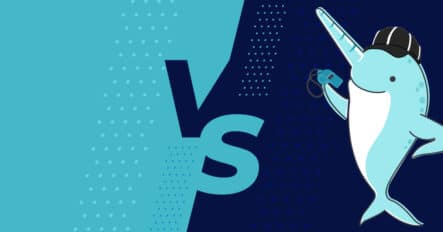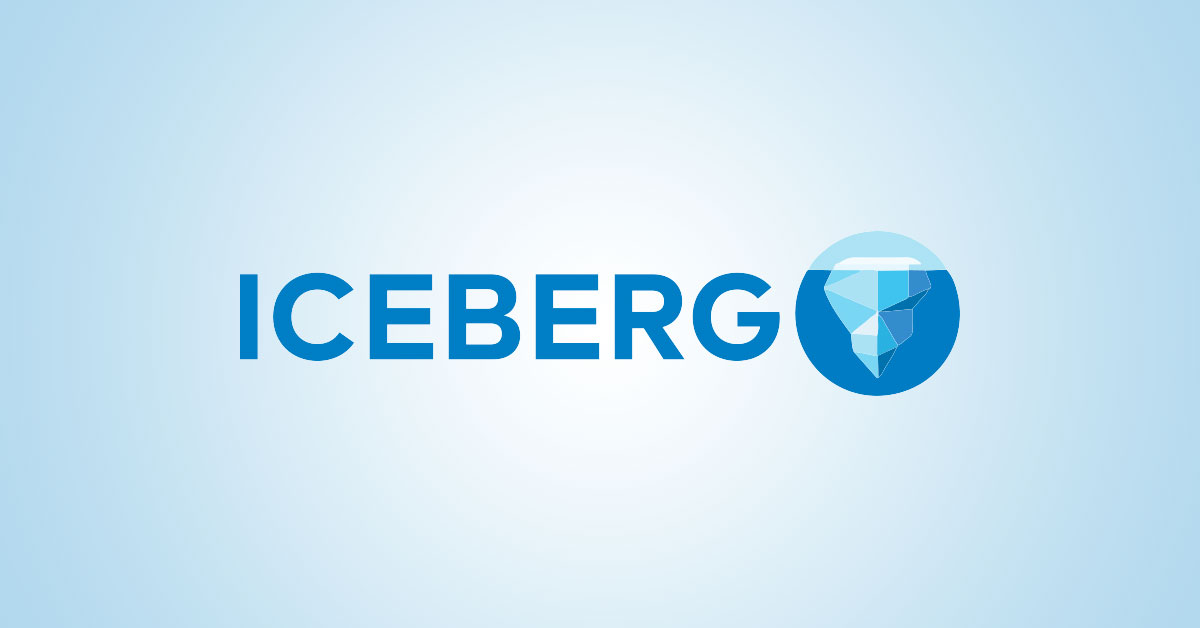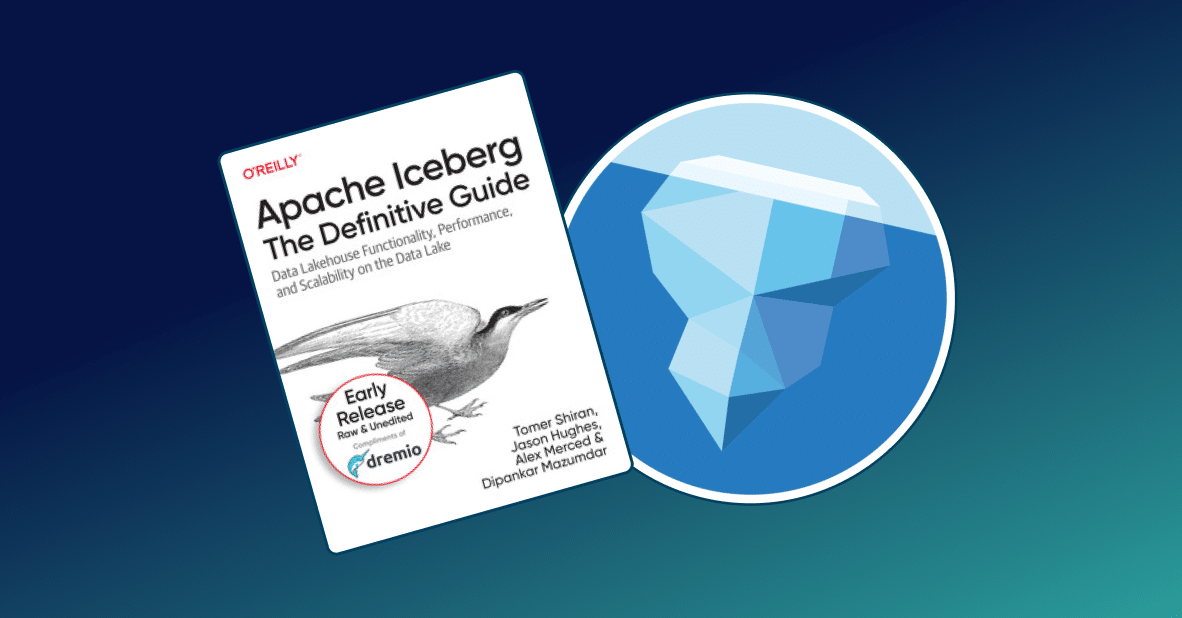
To make data available to data consumers like analysts for analytics and reporting, businesses need to aggregate data sources. Data virtualization and data lakes are popular approaches to breaking down data silos and providing centralized data access. Your approach can significantly impact scalability, cost, and performance, so it’s important to understand the differences.
What Is Data Virtualization?
Data virtualization provides an abstract logical layer to virtually integrate data from multiple source systems without moving data to centralized storage. Organizations may choose virtualization as a way to provide data access for BI and analytic reporting to data consumers. Because data virtualization offers an abstraction layer for data, it promises to provide fast access while hiding the complexity of source systems and data infrastructure. However, performance can degrade, and costs increase as organizations scale the solution.
What is a Data Lake?
A data lake is a centralized repository for storing any type of data (structured and unstructured) at any scale. On-prem data lakes are often associated with Hadoop, an open-source framework developed for big data. Today, many organizations embrace cloud data lakes, such as Amazon S3 or Microsoft ADLS. A cloud-based data lake provides infinitely scalable low-cost storage, enabling you to store virtually all your enterprise data.
Data Virtualization vs. Data Lakes
Both data virtualization and data lakes support the same goal: providing access to data for business decision-making. To support that goal, you want a solution that provides:
- Self-service access for data consumers
- A single place to go to for data
- Access to a wide range of datasets
- Fast availability for new datasets and timely fulfillment of requests for new data
- Efficiency for data engineering teams
Organizations look to both data virtualization and data lakes to provide these capabilities. But there are some key differences to each approach that can determine how successful you are at delivering data for business decision-making.
Data Location
As its name suggests, a virtualization solution aggregates data from disparate sources into a single virtual repository. The data itself lives in different systems and does not reside in one physical location.
A data lake is a physical storage for your enterprise data. Various source systems feed data into your data lake. In a data lake-based architecture, the data stays where it is, and queries are run directly on the physical storage. Many organizations are also embracing data lakehouses, which combine the flexibility, cost-effectiveness, and scalability of data lakes with the performance and data management capabilities that data warehouses have traditionally provided.
Data Movement
With data virtualization solutions, data is transferred from the source system to the virtualization platform. With a data lake as the central physical repository, data stays in object storage and is read by a query engine.
This difference in approach to data movement can lead to a big impact on performance. In small-scale environments, the performance impact of transferring data to a virtualization platform may not be apparent to data consumers.
But as data volumes, applications, and data consumers increase, data transfer to the virtualization platform slows performance at runtime. This happens for a number of reasons, including:
- The storage system isn’t designed for fast data transfer
- The network speed isn’t fast enough to transfer the data
- The network transfer protocol can’t transmit data fast enough
- The data is transferred serially (that is, over a single connection)
With a data lake, data doesn’t need to be sent anywhere. What matters instead is how fast the data can be read. With recent advances in open source technologies, data can be read much faster than before. These advances (for example, open source formats like Apache Parquet, Apache Arrow, and Apache Iceberg), combined with SQL query engines like Dremio Sonar make possible lightning-fast queries on cloud data lake storage.
Data Copies
Large-scale enterprise environments typically have multiple data warehouses and data marts. A data virtualization solution leaves these data storage systems in place.
Data warehouses need ETL pipelines to copy data from the data lake and other disparate systems into the data warehouse. Data virtualization creates further copies of data.
Because virtualization relies on transferring data from the source to the virtualization platform, performance suffers at scale. To answer these performance challenges, data teams create copies of data to lessen the amount of data that must be transferred at runtime. Over time, the proliferation of data copies can create its own challenges.
With a data lake, data stays in the centralized repository and does not need to be copied to other locations.
Why a Data Lake Is the Solution
Data lakes offer significant advantages over data virtualization solutions, particularly for big data analytics where scalability, cost, and performance are key concerns.
Fast and Scalable
Cloud-based data lakes are infinitely scalable. Analytical query performance doesn’t degrade at scale with Dremio’s lightning-fast SQL query engine on cloud data lake storage. You can achieve a sub-second query response when data is stored in open source formats optimized for high-performance big data analytics (for example, Apache Parquet and Apache Iceberg).
Cost-Effective
For small-scale implementations, virtualization solutions may appear cost-effective. But as data volume increases, they become more expensive. Data warehouses can be expensive to maintain, growing more so as data volume increases. Data copies increase storage costs and operational complexity, leading to an increased total cost of ownership.
Cloud data lake storage is comparatively inexpensive. With an open data architecture and Dremio, you can analyze data directly in the data lake. There’s no need for costly data warehouses and data copies.
Future-Proof
Data virtualization platforms make it harder to use other engines like machine learning platforms by relying on data warehouses, data marts, and other disparate systems
With a data lake and open data architecture, it’s relatively easy to introduce new engines and adopt future innovations.
Simplified for Data Engineering
Using a data lake as the foundation of an open data architecture can simplify data engineering. By minimizing ETL pipelines, data copies, and data transfer, you reduce your data infrastructure’s complexity and reduce the time that data engineers spend moving and transforming data.
Sign up for AI Ready Data content


